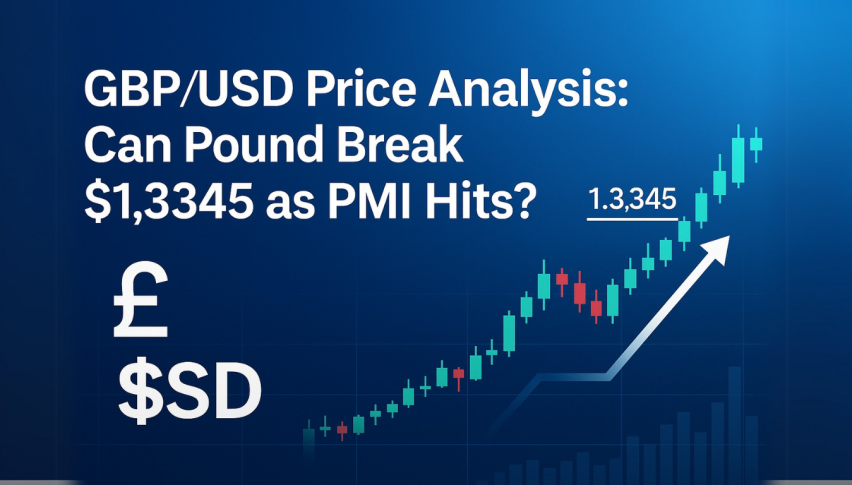FED Unlikely to Continue Rate Hikes As US Q4 GDP and Consumption Revised Lower
The US consumer is softening as intertest rates go up, which is a factor for the USD retreat and for the FED to stop hikes
The USD has been retreating since October last year, as inflation started to cool off from the highs seen in summer, and the FED started to sound less hawkish. We saw a comeback in February as the US economy started to rebound again and the FED rhetoric became more hawkish, but the bank problems earlier this month brought an end to the rate hike period in market’s opinion, with the final one coming in the next FED meeting.
Yesterday the Richmond Fed President, Thomas Barkin, has refrained from expressing his opinion on whether to increase interest rates at the upcoming Federal Open Market Committee (FOMC) meeting. He noted that there is still a significant amount of data to be evaluated before any decision can be made.
Besides that, Barkin stated that it is unlikely for inflation to decrease without a decline in demand. He also speculated that it is improbable for many other members of the FED to express a different opinion. Although yesterday we saw that the consumer spending was revised considerably lower in Q4, with the GDP also revised lower. So, if the sentiment remains positive and we don’t see any more bank runs, the USD is likely to continue retreating and other rick currencies such as the Euro, the GBP and AUD will keep increasing.
Q4 Final US GDP

- Final Q4 GDP came at +2.6% vs +2.7% previously/expected
- Q3 GDP was +3.2% annualized
- Personal consumption +1.0% vs +1.4% 2nd reading
- Core PCE prices +4.4% vs +4.3% expected
- PCE prices +3.7% vs +3.7% 2nd reading
- GDP final sales +3.7% vs +1.2% 2nd reading
- Corporate profits after tax -2.7% vs +0.8% in Q4
- Consumer spending on durables -1.3% vs -1.8% 2nd reading
The consumer spending figures look disappointing as they get revised 4 points lower, suggesting that consumers may not be the primary driver of inflation as the FED and other central banks are implying. However, it is worth noting that these figures only reflect consumer spending data from October to December and may not provide a complete picture of the current strength of consumer spending or the overall state of the economy.
Percentage point changes:
- Inventories pp +1.47 pp vs +1.47 pp in 2nd reading
- Net trade pp +0.42 vs +0.46 pp in 2nd reading
- Government spending +0.65 pp vs +0.63 pp in 2nd reading
- Goods -0.01 vs -0.13 pp in 2nd reading
- Services +0.72 vs +1.06 pp in 2nd reading
- Check out our free forex signals
- Follow the top economic events on FX Leaders economic calendar
- Trade better, discover more Forex Trading Strategies
- Open a FREE Trading Account



